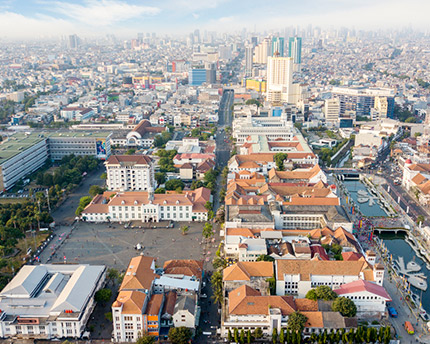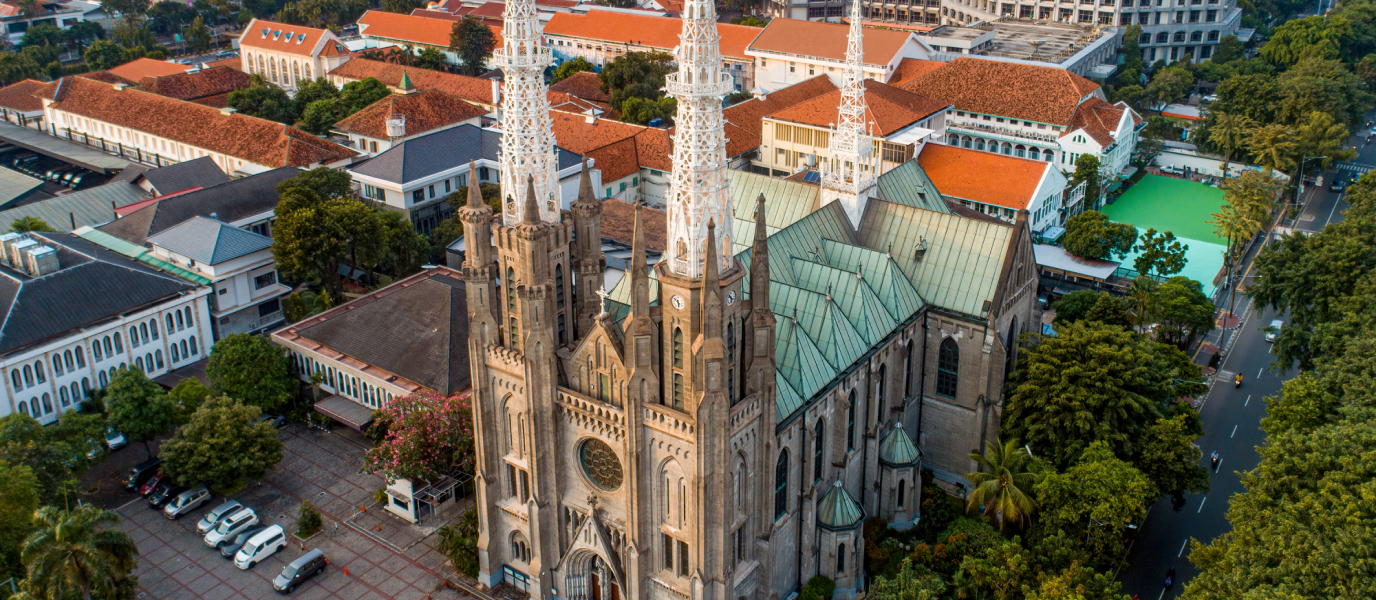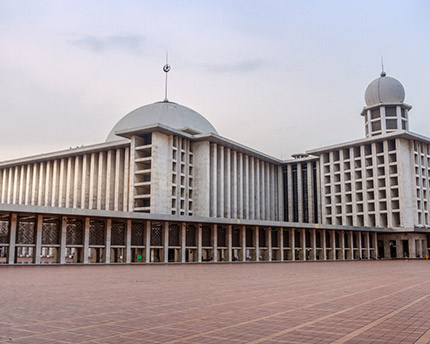The neighbourhood now known as Kota Tua was the walled administrative heart of the maritime base the Dutch created on the island of Java. The thriving trade in spices, pepper, nutmeg, tea, cinnamon, and others passed through the port area before continuing on to Europe. For centuries, the Dutch East India Company (VOC) had a lucrative trading business that led to the creation of a small city of its own. Walking through the streets, looking at the types of buildings, the little squares and small gardens will transport you back to the 17th century. The advantage of walking through these places today is that they have been transformed into places to enjoy with restaurants, cafés, museums, art galleries, and shops. For a more immersive experience, you can rent a vintage bicycle (Sepeda Onthel) to tour the neighbourhood on two wheels without getting too tired.
It can take a full day to see Kota Tua at your leisure (if you do it in half a day, you’ll have to rush a bit). During the day you can visit a museum, eat at one of the legendary restaurants, have a drink at a street stall, visit an art gallery, and walk around enjoying the atmosphere.
What to see in Kota Tua
To organise your itinerary in Kota Tua, the Old Dutch Batavia, you should bear in mind that the heart of the neighbourhood is Fatahillah Square and that from there you can walk to every corner of the neighbourhood. Take it easy because there’s a lot to see. But let’s set off to visit its most iconic sites.
Fatahillah Square
Located opposite the first Town Hall, Fatahillah Square is the nerve centre of Kota Tua. In the centre is the fountain where people used to collect water for drinking. Around this lively public space are the main buildings of Old Batavia, the Court of Justice, offices, and banks. Nowadays, it’s a pleasure to walk through this well-kept pedestrian area to visit the Jakarta History Museum, the Wayang Museum, and the Museum of Fine Arts and Ceramics.
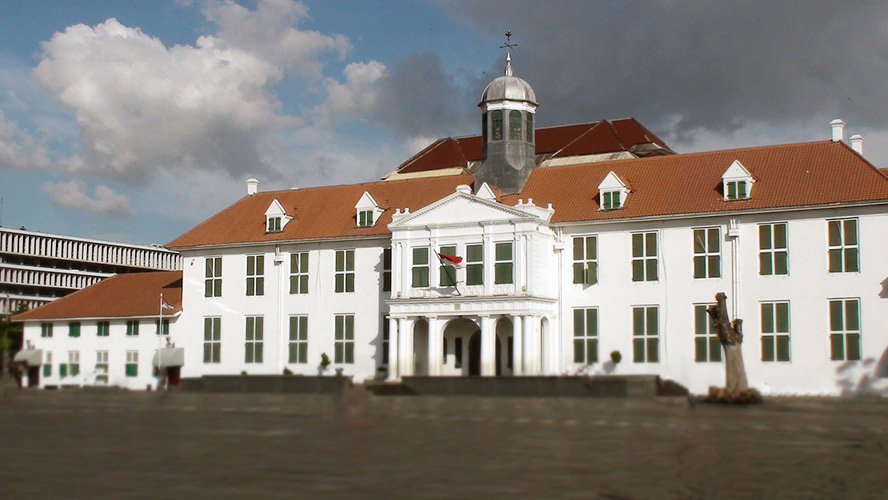
Café Batavia
One of the must-visit restaurants in Kota Tua is Café Batavia, which provides an immersive experience with a colonial feel and traditional Dutch-era cuisine. Its location in a magnificent two-storey 1830s building with a restaurant area, café bar, and live music venue couldn’t be better equipped to provide a taste of the elegance and flamboyance of the past. From inside, decorated in colonial style and with large windows, you can watch the comings and goings of passers-by in the square. An ideal place to take a break from the hustle and bustle of tourism.
Kota Tua Museums
In addition to strolling around and eating well, Kota Tua offers you the chance to visit many museums, each of which contributes to the understanding of Indonesian history and culture. Among the most popular are the History Museum, which you can find in the old colonial town hall. In this 17th-century building, you can see objects from the time when Jakarta was called Sunda Kelapa, from the passage of the Portuguese, some 18th-century furniture, and even the prison where Prince Diponegoro, who was fighting for Indonesian freedom, was held.
The Wayang Museum or Puppet Museum is also an interesting visit, which opened in 1975 in an old building from 1640 where the Old Dutch Church once stood. Governor Jan Pieterszoon Coen, the founder of Batavia, was buried in the garden. Inside you can enjoy traditional puppets from Indonesia and those brought from countries such as Thailand, China, and Burma. They offer workshops to learn how to make them, move them, and create shadows.
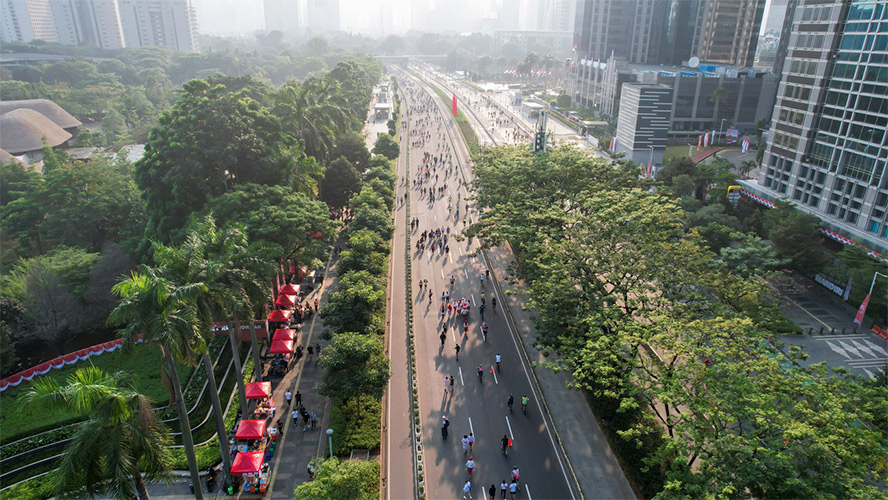
If you happen to pass by the Museum of Fine Arts and Ceramics, don’t miss it because it has a beautiful collection and the building, the former Court of Justice, is equally worth a visit. Also take note of the Bank Mandiri Museum and the Bank Indonesia Museum, both housed in splendid buildings. Lastly, don’t forget the Maritime Museum housed in the former warehouses of the Dutch East India Company. Among other elements, It maritime collections, models, and mannequins in period costumes are magnificent.
Where to eat in Kota Tua
The first place to consider when looking for a place to eat in Kota Tua is Café Batavia, which we’ve already mentioned among the must-visit places. It’s a café-restaurant where you can relive the atmosphere of the Dutch colonial era and where live music is often played. Many of the dishes are also from that era.
But it’s not the only one, as there are a handful of restaurants in Kota Tua where you can sample Indonesian food. One of our favourites is Kedai Seni Djakarté, a place with an alternative vibe and colonial influences. It offers good value for money and has traditional dishes. And if you’re looking for something even cheaper but still tasty, try the Kantin Mega Rasa café. The portions are plentiful and the atmosphere is pretty authentic.
Where to stay in Kota Tua
For your stay in Jakarta, we recommend one of the major hotels in the capital of Java, The Orient Jakarta, a Royal Hideaway Hotel, a five-star hotel where the tasteful décor is combined with the comforts of a modern establishment. To give you an idea, the interior design was the work of the renowned Bill Bensley, who has mixed antiques and elements of ancient oriental culture with more modern materials.
The hotel has 153 spacious rooms with panoramic views, as well as two swimming pools, a spa with treatment rooms, a fitness area, and meeting rooms. And its location in the Sudirman Central Business District makes it easy to get around the rest of the city.





























































